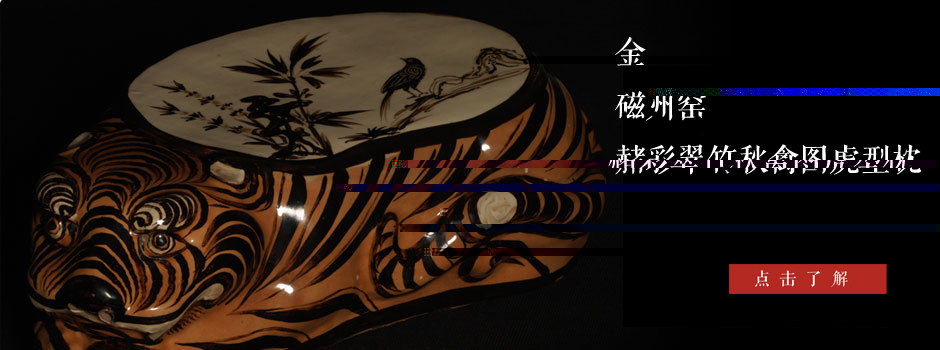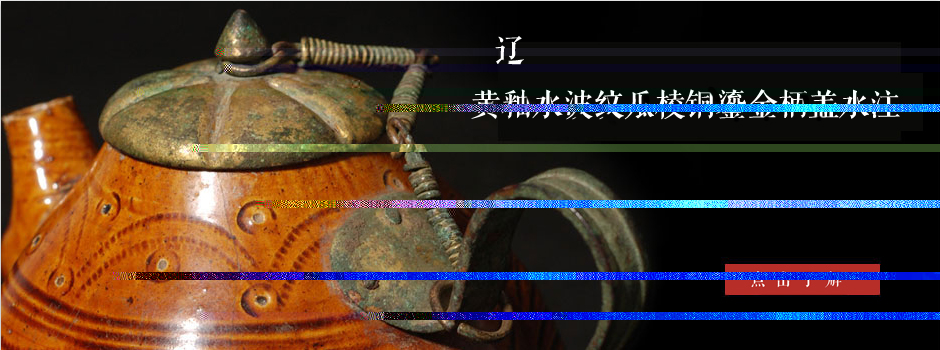- >> Company Profile
- >> President's Speech
- >> Brand Service
- >> Mission & Goals
- >> Value System
- >> Brand Construction
- >> Philosophy and Mode
Address: Room 614-616,China World Office 1, No.1 Jian Guo Men Wai Avenue, Beijing, P.R.C.
Tel:+86-10-65051177
Fax:+86-10-65058988
E-mail:soongs@zbkenuo.com
Home >> Show Items
Tricolored alms bowl in Tang Dynasty
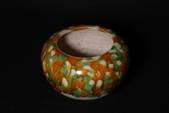 |
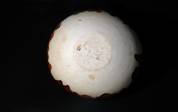 |
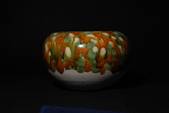 |
The most attractive place of Tang tricolor lies in its plump shape and magnificent color, which is like the beautiful clothing in the prime Tang Dynasty full of romance and imagination. The shape of Tang tricolor, not only in the form of sculpture, but also ware, presents the image of that particular period.
The clay mold for the proposed Tang tricolored alms bowl is beige, with plump shape. As first, use yellow glaze as the grounding color for the mouth rim to the bottom of the ware. Dotted with yellow, green and white as well as after the glaze is melted, the ware is clothed with gorgeous glaze, natural and flowing. The purity at the exposed clay mold contrasts strikingly with the gorgeous Tang tricolor, which makes it more worthy of being viewed as the ceramic art. The shape is plump, which reveals the strong atmosphere of prime Tang Dynasty.
Viewed from these, the artworks of Tang tricolor, not only the large sculpture, but also the small wares, all have the feature of “the child is father of the man” It is elaborative but encouraging, simple but changeable, which presents us the amorous feelings of Great Tang Dynasty, distinguished and magnificent.
